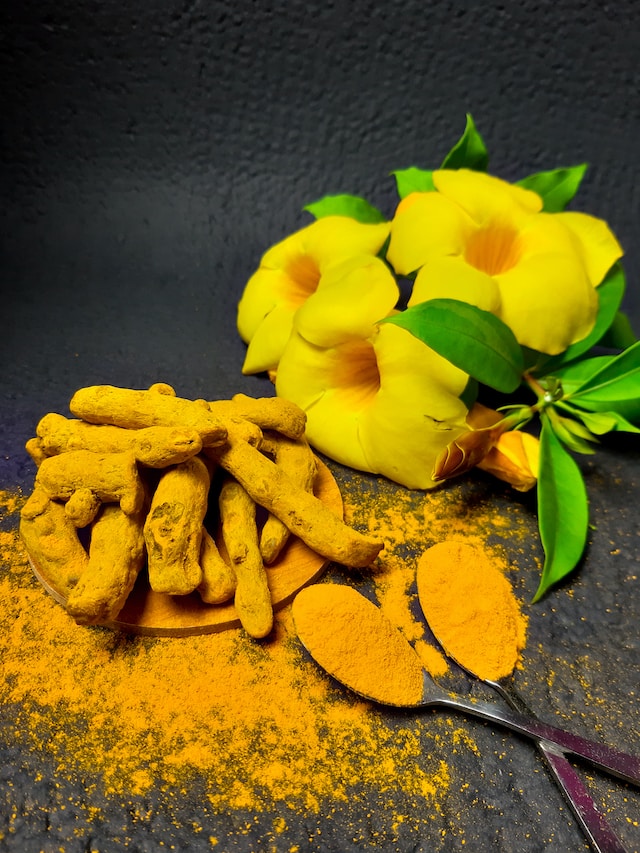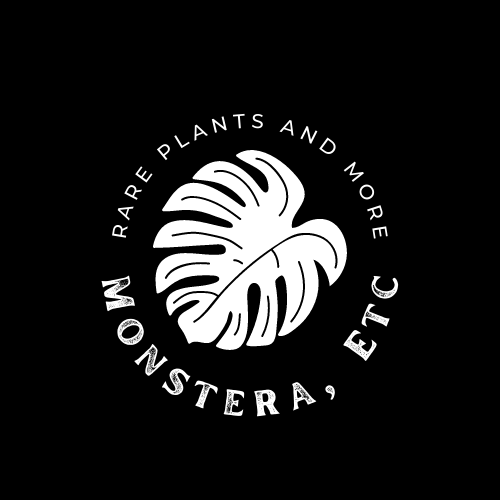A Journey Through Time: The Brief History of Medicinal Plants
Throughout history, the natural world has been a vast and bountiful pharmacy, providing humanity with an array of plants possessing remarkable healing properties. From ancient civilizations to modern times, the use of medicinal plants has played a significant role in human health and well-being. Join us on a fascinating journey as we explore the rich tapestry of the brief history of medicinal plants, uncovering their profound impact on our lives.
Ancient Beginnings:
The story of medicinal plants dates back thousands of years, woven into the fabric of ancient cultures. Civilizations like the Egyptians, Greeks, and Chinese relied heavily on plant remedies. The Ebers Papyrus, an ancient Egyptian medical text, detailed the use of herbs like aloe vera and garlic. Greek physicians like Hippocrates introduced the concept of the humoral theory, attributing health imbalances to the body's four humors, with medicinal plants used to restore equilibrium. Meanwhile, traditional Chinese medicine embraced plants such as ginseng and ginger for their therapeutic effects.
Medieval Herbals and Renaissance:
As knowledge spread during the medieval period, so did the use of medicinal plants. Herbalists compiled books known as herbals, which served as guides for identifying and using various plants for healing. The Renaissance era saw a resurgence of interest in botanical medicine, with figures like Paracelsus challenging traditional beliefs and advocating for the use of specific plant compounds for treating ailments.
Exploration and Global Exchange:
The Age of Exploration marked an era of discovery and the exchange of plants and knowledge across continents. Medicinal plants from the Americas, such as quinine and cacao, were introduced to Europe, transforming medical practices. Indigenous knowledge blended with Western medicine, contributing to a diverse pharmacopoeia.
Modern Medicine and Pharmacology:
The advent of modern science and pharmacology led to the isolation and synthesis of active plant compounds, revolutionizing medicine. The discovery of salicin in willow bark paved the way for aspirin, while the powerful analgesic properties of opium-derived compounds transformed pain management. Traditional herbal remedies were examined scientifically, validating their efficacy and leading to the development of standardized herbal medicines.
Resurgence of Interest and Future Prospects:
In recent decades, there has been a resurgence of interest in traditional herbal medicine, fueled by a growing awareness of natural remedies and holistic health practices. Scientific research continues to unveil the potential of medicinal plants, revealing new compounds with therapeutic properties. The field of ethnobotany explores indigenous plant knowledge, highlighting the importance of preserving traditional healing practices.
Conclusion:
The history of medicinal plants is a testament to the profound connection between humanity and nature. From ancient civilizations to the present day, these botanical healers have shaped the course of medical history, leaving an indelible mark on our understanding of health and wellness. As we gaze into the future, the synergy between traditional wisdom and scientific innovation promises to unlock even more of nature's secrets, ensuring the legacy of medicinal plants lives on.

